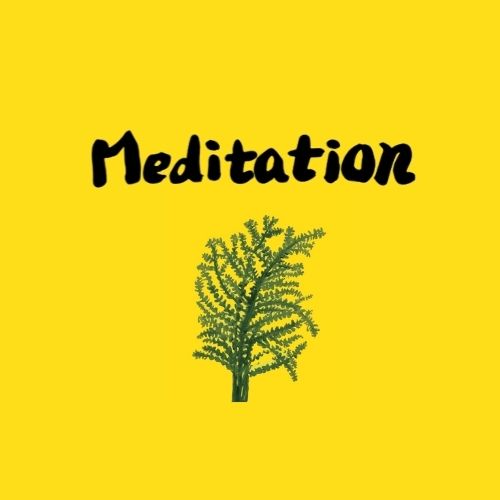Why the Mundane Moments in Meditation Matter More Than the Breakthroughs
- Meditation

- Jul 5
- 3 min read
I was lying on my side, watching time fly by, when a wave of frustration swept over
me:
“Why am I doing this?”
“This meditation is doing absolutely nothing!”
“I have completely wasted the last 2 and a half years of my life!”
It felt like the universe had turned off. No sparks, no breakthroughs—just a thick fog of boredom and doubt.
Welcome to the danger zone—the stretch where many people step off the cushion
for good.

I’d been showing up, doing the work, staying consistent—but now it felt like I was just going through the motions.
My mind wasn’t quiet.
My heart wasn’t in it.
I was lying there wondering if everyone who ever doubted me that the meditation was great had been right. That maybe I was wasting my time. That maybe I wasn’t meant to break through.
I thought, “If even this doesn’t work… what will?”
A few weeks earlier, my practice felt electric. My mind was connecting ideas at light speed, and everyday scenes glowed with meaning. But lately? Nothing. Just dullness and disillusionment.
I kept wondering why the thrill had disappeared—wasn’t I supposed to feel something by now?
Then it clicked.
The Mirage of Breakthroughs
One of the traps in long-term meditation is expecting constant magic. After a big breakthrough, it’s easy to chase that high believing that unless you're feeling absolutely amazing. I fell into that mindset too.
But real breakthroughs don’t always arrive with a bang. They often look like nothing.
They build quietly. They shape your reactions before you even realise they’ve done it.
Growth Hides Inside Discomfort
Modern life trains us to chase comfort. The moment a room is not the exact perfect
temperature we want, we hit the A/C. But true growth lies beyond the comfort line. In
meditation—and in life—progress is forged in the blank, silent mundane minutes when nothing seems to be happening and quitting feels sensible.

Running taught me the same lesson. Between kilometres 3 and 4 of a 5 km run my body howls stop. Yet that painful stretch is exactly where my 25minute goal is won or lost.
Promotion was another crucible. The first time I stepped up to share meditation with
others, fear made me physically ill. Pushing through is what built the confidence I lean on today.
Meditation’s hard phases are no different. Stay. Breathe. Keep letting go—even when comfort is nowhere in sight.
The Reframe That Saved the Session
The turning point arrived with an Australian Idol cover of Amy Shark’s “I Said Hi.”
The song’s message—hit the wall, get underestimated, push through anyway—mirrored my struggle.
Suddenly the meditation lesson crystallised:
Everything is my fault. Not in a selfblaming way, but in a liberating, I-control-my-response way.
This was something I’d learnt in Level 2 meditation: everything is my fault. At first, it sounded harsh—like it was asking me to blame myself for everything. But now I could see what it really meant. It wasn’t about guilt—it was about freedom. If everything is my fault, it means I have the power to change anything. I’m not a victim of mood swings, or bored meditation, or even fatigue. I’m the one who gets to respond differently. That’s empowering.
I remembered the message from the song: you don’t wait for the moment—you push through and make it.
So instead of waiting for inspiration, I opened my notebook and turned the heaviness into this post. Hardship became raw material.
Practical Tools for Pushing Through
1. Set a Clear Intention. Before every session, I decide, “Today the false self dissolves.” A purpose sharpens attention.
2. Arrive With Topics to Discard. I break the session into microblocks: first five minutes—one full mental cycle, next five—clear today’s dominant fear, and so on.
3. Track the Trend, Not the Moment. Like the sinewave learning curve (see Becoming a Consistency King), valleys are part of an upward slope. Dullness often precedes the next spike in insight.
4. Own the Process. Recognising that progress is my job shifts energy from complaint to action.
After the Fog
The funny thing is, after this session—after I let go of needing the meditation to feel good—things started to open up again. Not dramatically. But I noticed I was more patient. I listened better. I felt less rushed. The progress I thought had stopped hadn’t disappeared—it had just moved underground.
Closing Thought
Because in meditation, as in life, transformation doesn’t always come with fireworks.
It comes when you stay.
Next time practice feels numb, remember that is the workout. Stay one breath longer than your mind’s protest. When you reach the other side, smile—and tell the doubters, “I said hi.”










Thank you for sharing this personal story 🙏